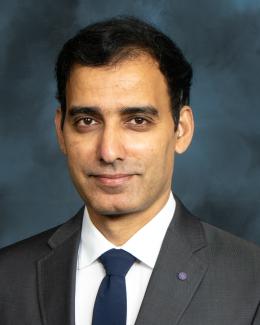Abstract
The frequency and intensity of heat waves in the United States is projected to increase in the 21st century. We investigate dry and humid heat waves in a pair of high‐resolution model simulations that constrain large‐scale atmospheric circulation, to isolate the thermodynamic impacts on characteristics of present and future heat waves over the United States. The two kinds of heat waves show differences in mean intensity, amplitude, duration, and frequency over the Southeast, Northeast, and Midwest, while their characteristics are largely similar in the drier central and western United States. In a warmer climate, relative humidity is projected to decrease during dry heat waves, whereas it remains unchanged during humid heat waves. However, the overall increase in daily maximum temperature intensifies the heat stress during future humid and dry heat waves across all regions. With large‐scale circulation constrained, these simulations emphasize the importance of thermodynamic drivers in determining future heat wave characteristics.



